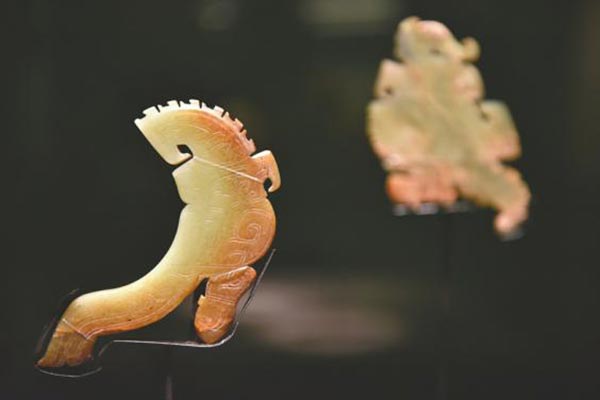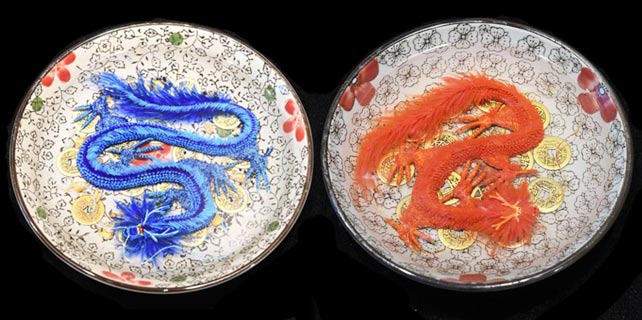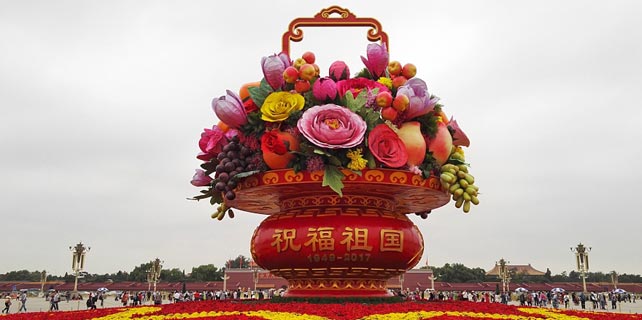Largest number of jade wares go in display in Sichuan
A three-month exhibition of jade objects dating back 3,000 and 4,000 years kicked off in the Jinsha Site Museum in Chengdu, Sichuan province, on Sunday.
It is China's largest exhibition of jade wares from the Xia Dynasty (c. 21st century-16th century BC) and Shang Dynasty (c. 16th century-11th century BC), according to Wang Yi, curator of the Jinsha Site Museum.
The jade wares on display in the museum come from 12 major sites of archaeological discovery in Shanxi, Shaanxi, Henan, Shandong, Hubei, Jiangxi and Sichuan provinces, including the Sanxingdui Ruins and Jinsha Ruins in Sichuan.
They showcase the cultural exchanges between different parts of China in ancient times despite road inaccessability, Wang said.
He cited cong, a hollow piece of jade with rectangular sides, as an example.
It was first made by creators of the Liangzhu culture in the lower reaches of the Yangtze River 4,500 to 5,300 years ago. But ancient people in Sichuan emulated it and made cong with Sichuan characteristics, he said.
The Sanxingdui Ruins and Jinsha Ruins in Sichuan are two of the sites of archaeological discovery in China which have witnessed the excavation of the largest number of jade wares from the Xia and Shang dynasties.
The excavation of cong in the two sites has exceeded the total number of cong unearthed in China, Wang said.










